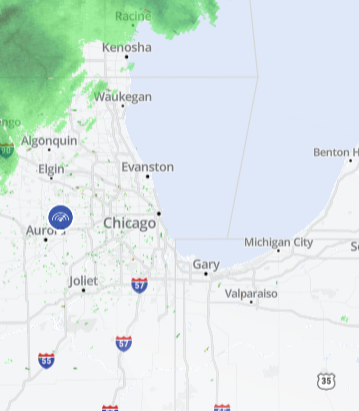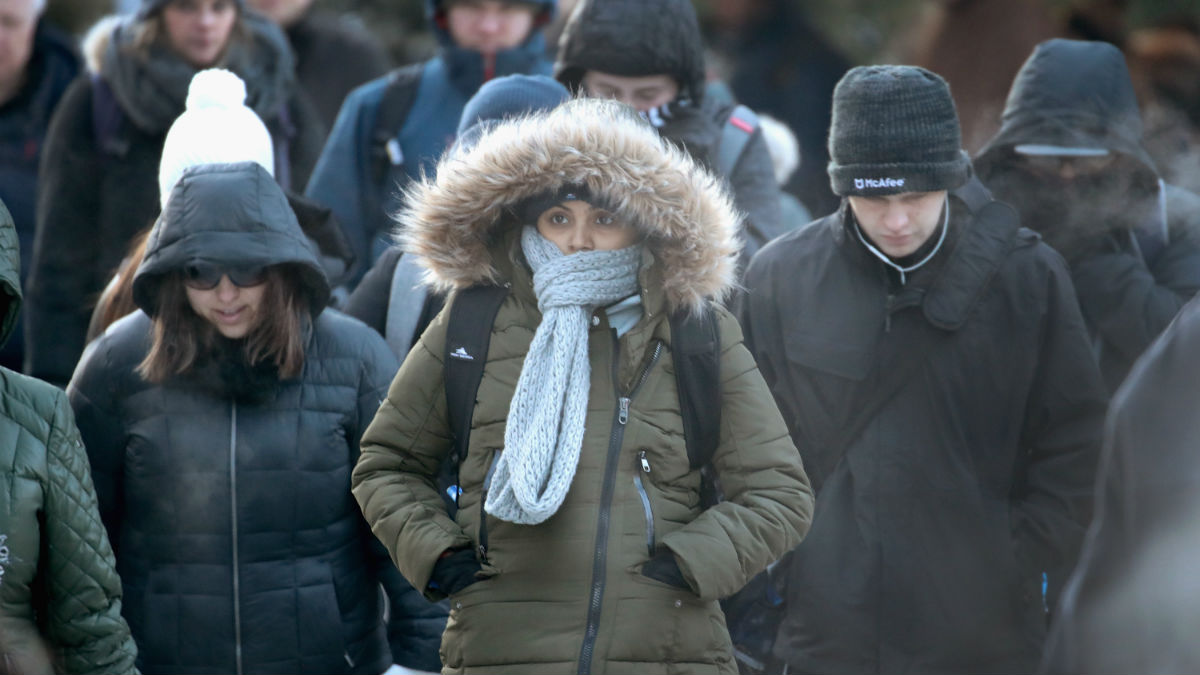If you have lived in the Chicagoland area a long time you know that the weather is constantly changing and can be difficult to forecast. This is especially true in the winter months when you can see rain, snow, sleet and even freezing rain.
The type of precipitation is very important to your day as the impact the weather conditions may have on your driving, school or work can vary.
Sometimes it can be hard to tell what type of precipitation is falling, but here is a breakdown of each type of precipitation and what you should expect:
Rain
All precipitation starts as ice crystals, but when the air from the surface up all levels of the troposphere are above freezing then the ice crystals melt. This is considered rain that falls in the form of drops. Rain is probably the most disliked precipitation of the winter months because it is cold and damp.
Freezing Rain
Freezing rain is an interesting and cool form of precipitation because all the levels of the troposphere are below freezing except the surface. So, the ice crystals melt to rain drops, but items at the surface (for example cars, tables, chairs, etc.) are below freezing. So, when the rain drop hits these surfaces it freezes on contact creating a sheet of ice.
Local
Sleet
Sleet is frozen raindrops that fall to the earth’s surface. The ice crystals from the cloud stay frozen until it falls through a small layer that is just above freezing and this causes the snow to partially melt.
Snow
Snow is ice crystals that form into flakes as it falls to the surface. The temperature MUST be below freezing in every layer of the troposphere. You either like snow or you hate snow, but either way it is beautiful.
When we put out snowfall forecasts this winter keep all of this in mind. Any change in one layer of the troposphere can dramatically change snowfall totals or having snow at all.



